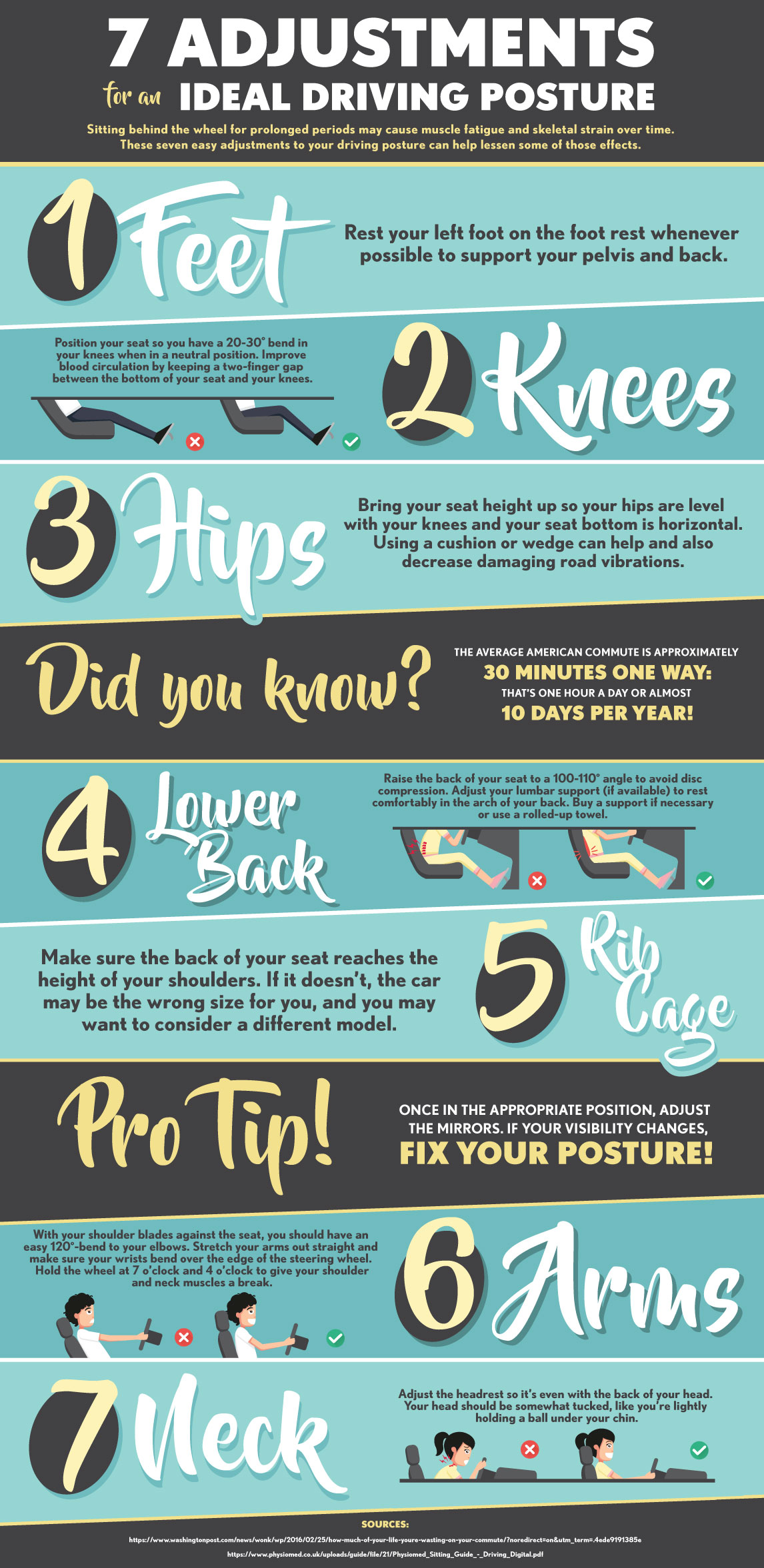Daily Practices That Cause Back Pain And Techniques For Avoidance
Daily Practices That Cause Back Pain And Techniques For Avoidance
Blog Article
Author-Briggs Dempsey
Preserving appropriate position and preventing common pitfalls in daily tasks can considerably influence your back wellness. From just how you sit at your desk to exactly how you raise heavy items, small changes can make a big distinction. Picture a day without the nagging neck and back pain that prevents your every action; the option could be less complex than you assume. By making a few tweaks to your everyday habits, you could be on your method to a pain-free presence.
Poor Stance and Sedentary Way Of Living
Poor posture and a sedentary lifestyle are two significant contributors to pain in the back. When you slouch or inkling over while sitting or standing, you put unnecessary strain on your back muscular tissues and spinal column. This can result in muscle imbalances, stress, and ultimately, persistent back pain. Furthermore, sitting for extended periods without breaks or physical activity can weaken your back muscle mass and lead to rigidity and discomfort.
To deal with chiropractor east side , make a mindful initiative to sit and stand up straight with your shoulders back and lined up with your ears. Remember to keep your feet flat on the ground and stay clear of crossing your legs for extended periods.
Incorporating routine stretching and reinforcing exercises into your day-to-day routine can likewise aid enhance your posture and relieve back pain associated with a sedentary way of living.
Incorrect Lifting Techniques
Incorrect training methods can substantially contribute to pain in the back and injuries. When you lift heavy objects, bear in mind to flex your knees and use your legs to lift, instead of depending on your back muscle mass. Avoid turning your body while lifting and maintain the things close to your body to decrease pressure on your back. It's essential to preserve a straight back and prevent rounding your shoulders while raising to stop unneeded pressure on your back.
Constantly assess the weight of the object before raising it. If click the up coming document 's as well hefty, ask for assistance or use equipment like a dolly or cart to transfer it safely.
Keep in mind to take breaks throughout raising jobs to give your back muscles an opportunity to rest and prevent overexertion. By carrying out correct training strategies, you can avoid back pain and minimize the danger of injuries, ensuring your back remains healthy and strong for the long term.
Absence of Regular Workout and Extending
An inactive way of living without normal exercise and stretching can substantially add to neck and back pain and pain. When you don't take part in physical activity, your muscular tissues become weak and inflexible, resulting in inadequate pose and enhanced strain on your back. Normal exercise helps strengthen the muscle mass that sustain your spine, improving stability and reducing the danger of pain in the back. Incorporating stretching right into your routine can also enhance flexibility, avoiding stiffness and pain in your back muscular tissues.
To stay clear of neck and back pain brought on by a lack of workout and extending, aim for a minimum of thirty minutes of moderate exercise most days of the week. Include workouts that target your core muscle mass, as a strong core can help reduce pressure on your back.
Additionally, take breaks to stretch and move throughout the day, particularly if you have a desk work. Simple stretches like touching your toes or doing shoulder rolls can help alleviate stress and avoid pain in the back. Focusing on routine exercise and extending can go a long way in preserving a healthy and balanced back and lowering pain.
Final thought
So, keep in mind to stay up right, lift with your legs, and stay active to prevent pain in the back. By making straightforward adjustments to your everyday habits, you can prevent the pain and limitations that feature pain in the back. Care for your spine and muscular tissues by exercising good posture, appropriate training strategies, and routine workout. Your back will certainly thanks for it!
